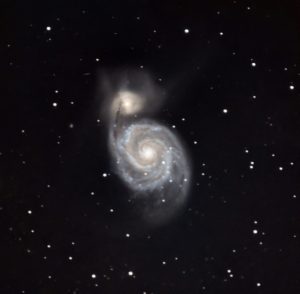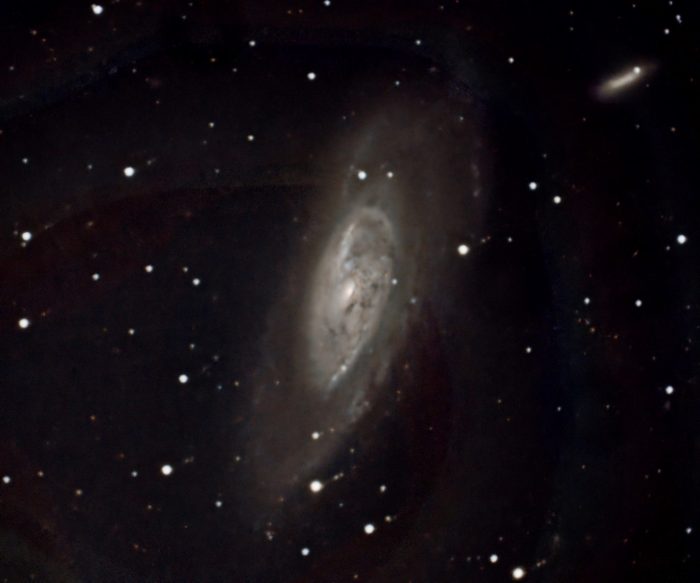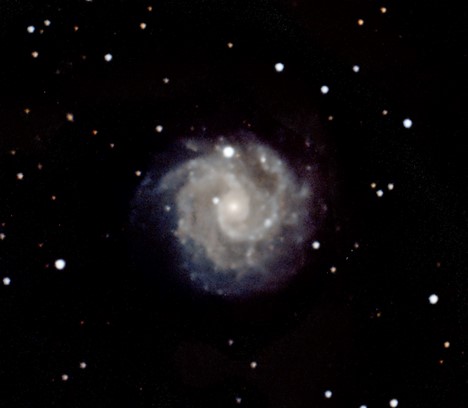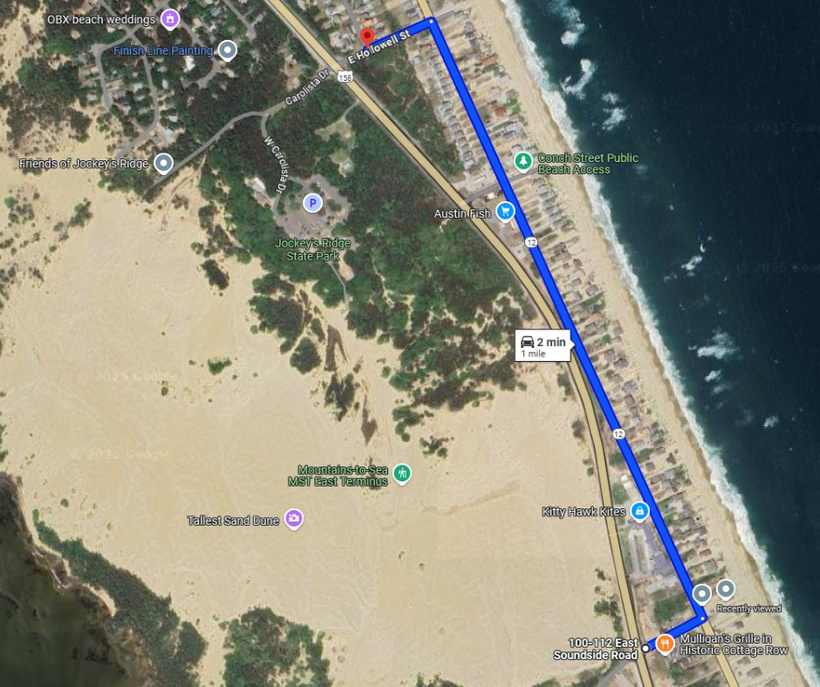Night Sky: Visible planets, two comets, and more night sky highlights for March
It’s Galaxy Time!
The beginning of March always puts Earth in a position to view hundreds of galaxies. Of course, the groupings of galaxies start to appear before the beginning of the month. Here are three images I took during February:

This is M51, the Whirlpool Galaxy. It’s 28 million light-years (MLY) away from us and has a visual magnitude of +7.9. The smaller galaxy above M51 is NGC 5195. It’s much smaller than M51 and has a visual magnitude of +9.49. The bridge of dust between the two is believed to be about 3 million light-years long!

This is M106. It has a visual magnitude of +8.31 and is 25 MLY away from us. The little galaxy in the upper right is NGC 4248. It has a visual magnitude of +13.2 and is 36 MLY from us.

This is NGC 3184. It’s 38 MLY from us and has a visual magnitude of +9.72
What you can look for in March’s Night Skies
Venus and Mars are still visible just before sunrise, and Mars rises at 5:20 a.m. Venus follows at 5:27 a.m.
The sun rises at 6:30 a.m., so that doesn’t leave a lot of time to view these two planets before the dawn makes them impossible to see.
Planets aren’t the only thing in the morning sky. Comet C/2021 (PanStarrs) will be about 40 degrees above the SE horizon at 6:00 a.m. It rises just before 2:00 a.m. and sets in the early afternoon.
It has a visual magnitude of +7.4 so you’ll need a telescope or very good binoculars (and clear skies) to see it.
So far, PanStarrs has not had a very well-defined tail, but just the same, it is an interesting object.
News Flash: I just received an email asking for images of Comet C/2021 (PanStarrs). It’s believed to have a detached tail – that means strong solar winds have literally separated the tail from the head of the comet. Hopefully, I’ll be able to get some pictures of this phenomenon.
You can also look for Comet 12P/Pons-Brooks. In the evening, it’s about 25 degrees above the NW horizon at 6:45 p.m. It starts March with a visual magnitude of +7.4, so you will need binoculars or a telescope to see it.
Comet Pons-Brooks is beginning to develop a tale. The comet will grow brighter throughout the month. At the end of March, Pons-Brooks is supposed to have a visual magnitude of +5.4. That means we might be able to see it with our naked eyes!
Uranus and Jupiter, Neptune, and Saturn are still visible. Saturn sets at 8:20 p.m., but Jupiter is visible until about 10:30 p.m.
Moon Phases:
- Last Quarter is March 3
- New Moon is March 10
- 1st Quarter is March 18
- Full Moon is March 25




















